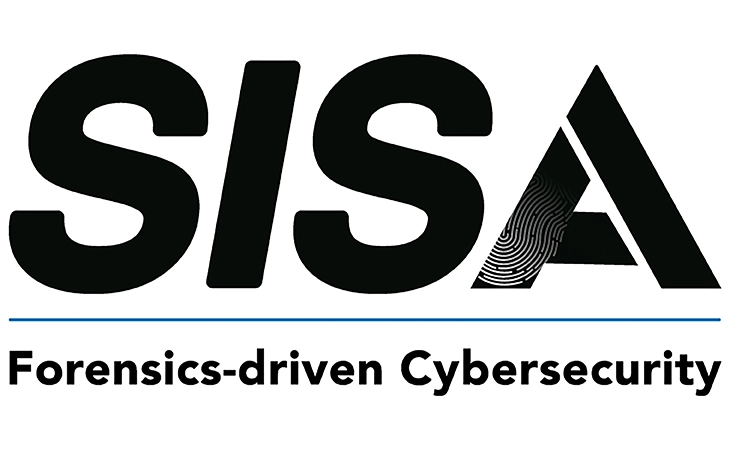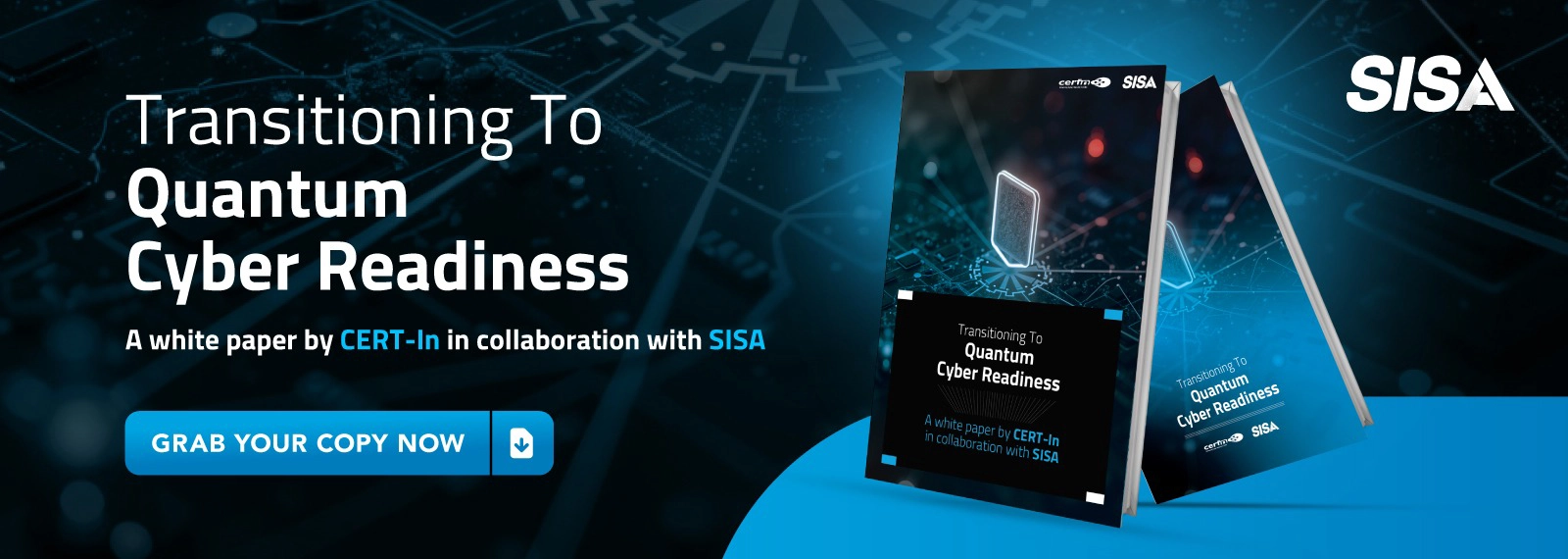
Sensitive Data Discovery in 2025: Why Smart Is the New Secure
Invisible Risks, Real Consequences
In 2025, the question isn’t if sensitive data is exposed, but where it’s exposed. Organizations today sit on mountains of data, yet many still can’t answer a basic question: where exactly does our sensitive information live?
The consequences of this blind spot are growing. In April 2025, Marks & Spencer (M&S), a prominent UK retailer, experienced a significant cyberattack that disrupted operations and compromised customer data. The breach, attributed to the Scattered Spider hacking group, exploited a third-party contractor’s systems, leading to unauthorized access to personal information, including names, email addresses, and birth dates.
The incident forced M&S to suspend online orders and implement manual processes in stores, resulting in reduced product availability and increased operational costs. The financial impact was substantial, with the company estimating losses of approximately £300 million ($400 million) due to the attack.
This breach highlights the critical need for organizations to have comprehensive visibility into their data assets and the importance of robust data discovery and classification tools to protect sensitive information across all platforms and partnerships.
And it’s not just rogue employees or misconfigured permissions anymore. AI-powered cybercriminals are targeting these weak links, scanning repositories with laser precision, and exfiltrating data before anyone even notices.
Redefining Discovery: It’s Not Just Scanning Anymore
Back in the day, sensitive data discovery meant running a pattern match for credit card numbers or passport IDs. It was simplistic, binary, and often riddled with false positives. Today, that approach is dangerously outdated.
Data isn’t neatly tucked into databases anymore. It’s scattered across PDF contracts, scanned ID documents, email threads, screenshots, and even image-heavy presentations.
Sensitive Data Discovery in 2025 means:
- Understanding context, not just keywords.
- Parsing unstructured data like images and PDFs.
- Using AI/ML to adapt and learn from classification behavior.
Tools like SISA RADAR are redefining the discovery game by combining advanced content detection, OCR, and contextual tagging. Whether it’s a signature on a scanned document or PII in a Teams chat log, modern discovery must go deeper.
Compliance is the Floor. Risk Reduction is the Goal.
Yes, the compliance pressure is real. Between GDPR, India’s DPDPA, DORA in the EU, and sector-specific mandates, the legal landscape is tightening. Regulators want proof that organizations know where their sensitive data lives and how it’s protected.
But here’s the truth: compliance doesn’t guarantee security. It just means you passed an audit.
True security means:
- Reducing your breach exposure.
- Responding faster when incidents happen.
- Giving access only to those who really need it.
With accurate sensitive data discovery and classification, organizations can enable smarter controls like automated redaction, targeted encryption, and dynamic DLP policies, all grounded in real data awareness.
Discovery at Scale: Challenges Organizations Face
Here’s what makes discovery so hard in 2025:
- Hybrid IT environments. Sensitive data isn’t in one place. It’s spread across on-prem servers, cloud apps, and remote endpoints.
- Uncontrolled growth. Emails, attachments, backups, synced drives, they pile up faster than IT can manage.
- Tool fatigue. Many discovery tools promise a lot but fail to integrate with existing security infrastructure.
- False positives. Teams end up spending more time chasing ghosts than fixing real problems.
The result? Security teams lose trust in their tools, and sensitive data remains unclassified, and unprotected.
What Does “Smart” Discovery Look Like in 2025?
Smart discovery tools aren’t just software with search bars. They’re intelligent systems that:
- Work across platforms. From endpoints to SharePoint to Gmail.
- Recognize patterns and context. Not every 16-digit number is a credit card.
- Parse images and scans. Think OCR and visual pattern recognition.
- Adapt over time. AI models learn what sensitive data looks like in your specific organization.
- Plug into your ecosystem. SIEM, DLP, DRM, and incident response tools all talk to each other.
Think of it like this: legacy tools are metal detectors. Smart discovery is MRI-grade scanning with threat interpretation built in.
Case in Point: How One Bank Tackled the Discovery Dilemma
Let’s get specific.
One of India’s largest public sector banks faced a challenge that will sound familiar: 85, 000+ endpoints, 90, 000 email users, sensitive data scattered across Linux servers, SharePoint, OneDrive, Gmail, and Zimbra. Their risk wasn’t just exposure; it was unknown exposure.
They deployed SISA RADAR to bring clarity to the chaos. Key outcomes:
- Custom email protection with tailored rules for attachments and message content.
- Image scanning to detect documents with official stamps, logos, and signatures.
- Agent and agentless configurations to handle legacy systems and remote workers.
- 25% projected data growth handled with no dip in performance.
The result? Improved DLP coverage, smarter incident response, and measurable reduction in data sprawl risk. Learn more about this implementation by clicking here.
Getting It Right: 4 Steps to Mature Your Discovery Program
If you’re just getting started, or your current approach feels stale, here’s a roadmap:
- Inventory & Scope
- Map out all data repositories, even the obscure ones.
- Don’t forget emails, image files, and collaborative tools.
- Pilot the Right Tool
- Look for intelligent detection, not just keyword matching.
- Test agent vs. agentless options.
- Align with Stakeholders
- Discovery isn’t just IT’s job. Get buy-in from compliance, legal, and operations.
- Set clear classification policies everyone understands.
- Build for Growth
- Choose a tool that scales with data volumes.
- Ensure integration with existing SIEM, DLP, and incident response workflows.
Let’s Talk Outcomes, Not Just Features
Here’s what organizations can expect when they get sensitive data discovery right:
- Reduce risks
- Organize and classify sensitive data based on the criticality and business needs.
- Gain contextual information to improve sensitive data management.
- Say no to data loss
- Gain visibility into structured, semi-structured and unstructured sensitive data.
- Protect data from unauthorized access.
- Stay compliant
- Meet compliance standards of PCI DSS, GDPR, CCPA, POPIA, PDPA, APRA and other privacy regulations.
- Create and customize your own data classification scheme.
Your Discovery Journey Starts Here
Sensitive data is your organization’s lifeblood, but only if it’s protected. Sensitive Data Discovery isn’t about ticking compliance boxes. It’s about visibility, control, and resilience.
If you’re ready to:
- Move beyond outdated scanning tools
- Classify sensitive data with precision
- Reduce risk while boosting operational efficiency
Then it’s time to look at SISA RADAR. Click here to connect with us today.
Latest
Blogs
Whitepapers
Monthly Threat Brief
Customer Success Stories
 USA
USA India
India APAC
APAC Middle East
Middle East Global
Global






 Facebook
Facebook Linkedin
Linkedin  X
X Youtube
Youtube






